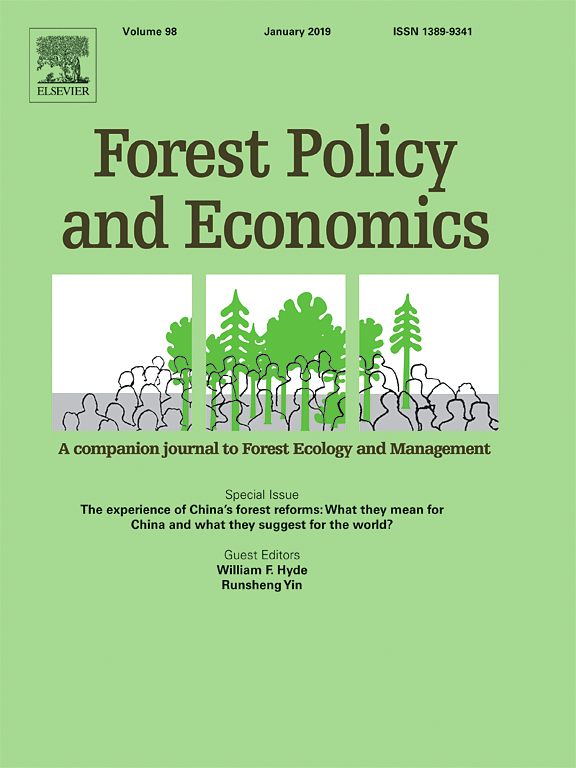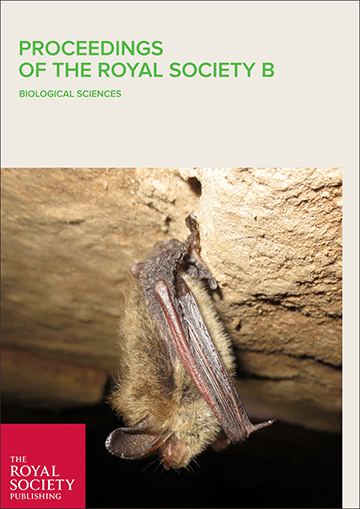The high mountains stretch over 20.4% of Nepal’s land surface with diverse climatic conditions and associated vegetation types. An understanding of tree species and forest structural pattern variations across different climatic regions is crucial for mountain ecology. This study strived to carry out a comparative evaluation of species diversity, main stand variables, and canopy cover of forests with contrasting precipitation conditions in the Annapurna range. Firstly, climate data provided by CHELSA version 1.2, were used to identify distinct precipitation regimes. Lamjung and Mustang were selected as two contrasting precipitation regions, and have average annual precipitation of 2965 mm and 723 mm, respectively. Stratified random sampling was used to study 16 plots, each measuring 500 m2 and near the tree line at an elevation range of 3000 to 4000 m across different precipitation conditions. In total, 870 trees were identified and measured. Five hemispherical photos using a fisheye lens were taken in each plot for recording and analyzing canopy cover. Margalef’s index was used to measure species richness, while two diversity indices: the Shannon–Wiener Index and Simpson Index were used for species diversity. Dominant tree species in both study regions were identified through the Important Value Index (IVI). The Wilcoxon rank-sum test was employed to determine the differences in forest structure and composition variables between the two precipitation regimes. In total, 13 species were recorded with broadleaved species predominating in the high precipitation region and coniferous species in the low precipitation region. Higher species richness and species diversity were recorded in the low precipitation region, whereas the main stand variables: basal area and stem density were found to be higher in the high precipitation region. Overall, an inverse J-shaped diameter distribution was found in both precipitation regions signifying uneven-aged forest. A higher proportion of leaning and buttressed trees were recorded in the high precipitation region. However, similar forest canopy cover conditions (>90%) were observed in both study regions. The findings of this research provide a comprehensive narrative of tree species and forest structure across distinct precipitation regimes, which can be crucial to administrators and local people for the sustainable management of resources in this complex region.
Download:
DOI:
https://doi.org/10.3390/su13137510
Pontuação Altmetric:
Dimensões Contagem de citações:




















